If you’re looking for hypoallergenic cat breeds that don’t shed, consider the Sphynx and Russian Blue. These breeds are known for their minimal shedding and are often recommended for allergy sufferers.
People with allergies to cat dander typically find these breeds more tolerable due to their low shedding and hypoallergenic qualities. The Sphynx, with its hairless coat, is a popular choice for those seeking a low-allergen pet, while the Russian Blue’s short, dense coat also produces less dander.
Understanding the unique characteristics of these hypoallergenic cat breeds can help you make an informed decision when choosing a pet that suits your allergy needs.
The Journey For A Fur-free Home
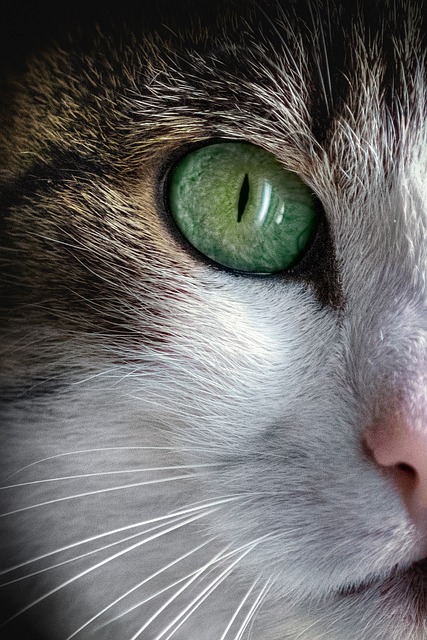
The Allure Of Hypoallergenic Cats
Hypoallergenic cat breeds have gained popularity among cat lovers who suffer from allergies. These breeds are known for producing fewer allergens, making them a suitable choice for individuals with sensitivities to pet dander. The allure of hypoallergenic cats lies in their ability to coexist with allergy sufferers while minimizing allergic reactions. For those seeking a fur-free home, hypoallergenic cats offer a promising solution.
Shedding And Allergies: What’s The Connection?
Shedding is a natural process for cats, during which they release dander, a common allergen. Individuals with pet allergies often experience symptoms triggered by exposure to this dander. The connection between shedding and allergies is evident in the impact it has on allergy sufferers. By understanding this relationship, cat owners can make informed decisions when selecting a breed that sheds minimally, thereby reducing allergen exposure in their home environment.
Defining Hypoallergenic Cats
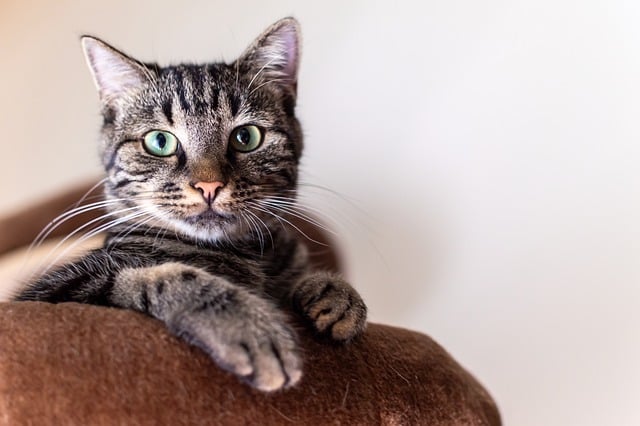
Myths And Facts
Myth: All cats labelled as hypoallergenic are completely allergen-free.
Fact: Hypoallergenic cats produce fewer allergens, but no cat breed is entirely hypoallergenic.
How Allergies Work With Cats
Allergies: Caused by a protein called Fel d 1 found in cat saliva and skin glands.
Reaction: Allergic individuals react when exposed to these proteins through shedding or grooming.
Solution: Hypoallergenic cats produce lower levels of Fel d 1, reducing allergic reactions.
Popular Hypoallergenic Cat Breeds
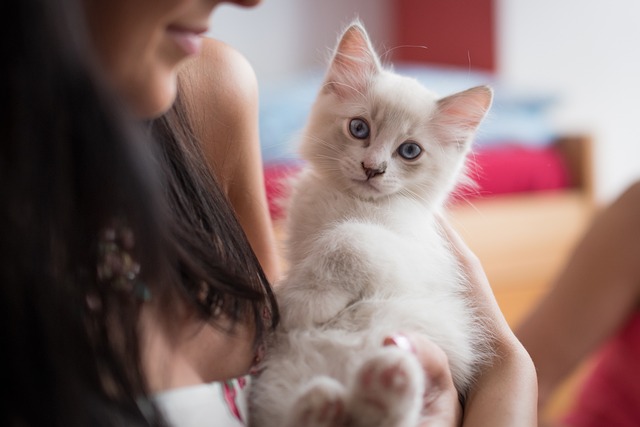
When it comes to finding a feline friend that won’t trigger your allergies, hypoallergenic cat breeds are the way to go. These breeds are known for producing fewer allergens, making them a great choice for cat lovers who suffer from allergies. Let’s have a look at some of the most popular hypoallergenic cat breeds.
Sphynx: The Hairless Wonder
The Sphynx cat breed is well-known for its unique appearance – it’s completely hairless! This makes them an excellent choice for allergy sufferers, as they don’t shed like other cats. Their friendly and affectionate nature also makes them great companions for families. Despite their lack of fur, Sphynx cats require regular grooming to keep their skin healthy and clean.
Russian Blue: The Plush Coated Minimal Shedder
The Russian Blue cat breed is known for its plush, dense coat that produces minimal shedding. Their short, double-layered coat is easy to maintain and produces fewer allergens compared to other breeds. Russian Blues are intelligent, playful, and loyal, making them a wonderful addition to any household. Regular grooming and occasional baths can help reduce the spread of dander and allergens.
Characteristics Of Low-shedding Cats
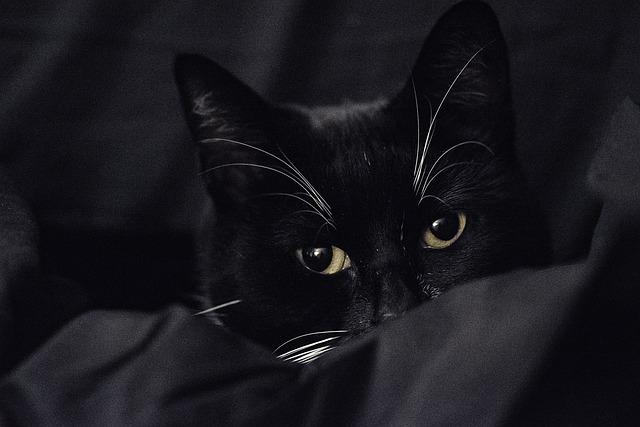
Low-shedding cats are a great option for those who suffer from allergies but still want a feline companion. Hypoallergenic cat breeds like the Siberian, Balinese, and Devon Rex produce less dander and shed less hair, making them ideal for allergy sufferers.
Characteristics of Low-Shedding Cats
Low-shedding cats are a popular choice for individuals with allergies or those who prefer a cleaner home environment. These breeds have specific characteristics that make them less likely to shed excessively.
Fur Length and Texture
— Short fur length or silky texture reduces shedding
— Low-shedding cats often have single coats
— Breeds like Siamese and Bengal are known for minimal shedding
Genetic Factors Influencing Shedding
— Genetics play a key role in a cat’s shedding pattern
— Breeds with specific genetic mutations shed less
— Selective breeding has created hypoallergenic cat breeds
In summary, low-shedding cats have short, silky fur and unique genetic factors that contribute to their minimal shedding.
Living With Hypoallergenic Cats
Living with Hypoallergenic Cats can be a joy for those prone to allergies.
Maintaining A Clean Environment
- Regular vacuuming of carpets and furniture helps minimize allergens.
- Using air purifiers can reduce airborne allergens in the home.
- Washing bedding frequently in hot water helps remove dander.
Grooming Tips For Low-shedding Cats
- Regular brushing helps remove loose fur and reduce shedding.
- Bathing your cat occasionally can help keep dander levels low.
- Trimming nails can reduce the spread of allergens in the home.
Health Benefits Of Hypoallergenic Cats
When considering getting a pet, health benefits are often overlooked. However, hypoallergenic cat breeds offer numerous health advantages for their owners. From reducing allergic reactions to providing emotional and psychological benefits, these feline companions can significantly improve the well-being of their owners.
Reducing Allergic Reactions
Hypoallergenic cats are known for producing fewer allergens than other breeds, making them a suitable choice for individuals prone to pet allergies. By shedding less and producing fewer allergens, hypoallergenic cats can help reduce allergic reactions and create a healthier living environment for their owners.
Emotional And Psychological Advantages
Hypoallergenic cats can provide emotional and psychological benefits to their owners. The companionship and affection offered by these feline friends can help reduce stress and anxiety, leading to improved mental well-being. Additionally, the act of caring for a pet can promote a sense of purpose and responsibility, contributing to a more fulfilling and meaningful life.
Choosing The Right Hypoallergenic Cat For You
When considering a hypoallergenic cat breed that doesn’t shed, it’s essential to choose one that fits your personality and lifestyle. Here are some key factors to keep in mind:
Personality And Lifestyle Considerations
- Temperament: Look for a cat breed known for being friendly and affectionate.
- Energy Level: Consider how much time you can dedicate to play and exercise.
- Compatibility: Ensure the cat’s personality aligns with yours for a harmonious relationship.
Adoption And Breeder Selection
- Adoption: Check local shelters or rescue organizations for hypoallergenic cat breeds in need of a loving home.
- Breeder Selection: If opting for a breeder, research reputable breeders with a focus on health and socialization.
- Health Screening: Prioritize breeders who conduct health screenings to ensure the cat’s well-being.
Caring For Your Hypoallergenic Cat
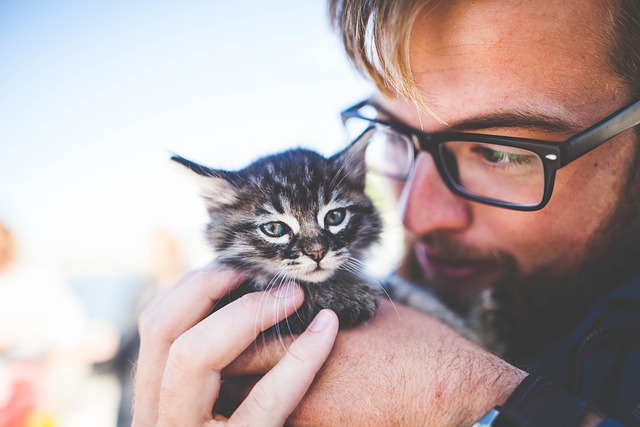
If you have a hypoallergenic cat, it’s important to provide proper care to ensure their health and well-being. Caring for your hypoallergenic cat involves attention to their diet and nutrition, as well as regular veterinary checkups to maintain their overall health.
Diet And Nutrition
A well-balanced diet is crucial for your hypoallergenic cat’s health. Ensure their food is formulated to meet their specific nutritional needs. Consider providing high-quality, hypoallergenic cat food to minimize potential allergic reactions. It’s important to also monitor their water intake to prevent dehydration.
Regular Veterinary Checkups
Regular veterinary checkups are essential for ensuring your hypoallergenic cat’s well-being. Schedule routine visits to the vet to monitor their overall health, address any potential allergies or sensitivities, and stay up-to-date on vaccinations. Regular checkups can help identify and address any health concerns early on, promoting a long and healthy life for your cat.
Frequently Asked Questions
Is There A Non-shedding Hypoallergenic Cat?
Yes, there are non-shedding hypoallergenic cat breeds such as the Siberian, Balinese, and Sphynx.
What Is The #1 Most Hypoallergenic Cat?
The Siberian cat is considered the most hypoallergenic due to lower levels of the allergen protein.
What Cats Are Best For Not Shedding Hair?
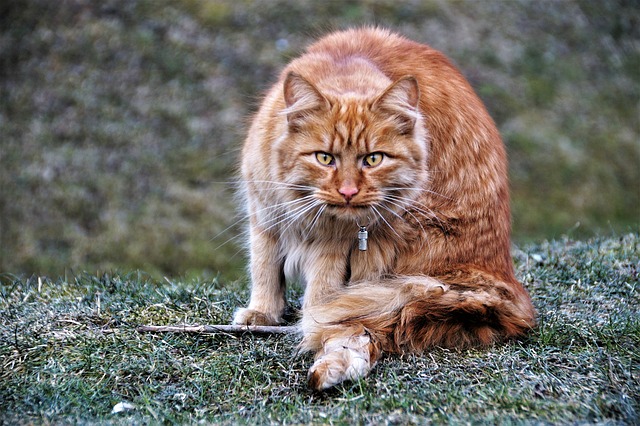
Some cat breeds that are known for minimal shedding include the Siamese, Balinese, and Russian Blue. Regular grooming can also help reduce shedding in all cats.
What Cat Is The Least Allergenic?
The Siberian cat is known to be the least allergenic due to their lower levels of the Fel d 1 protein.

For those seeking hypoallergenic cats that don’t shed, these breeds offer a perfect solution. With their low maintenance coats and gentle demeanour, these feline companions are ideal for allergy sufferers. By choosing a cat breed that fits your lifestyle, you can enjoy the love and companionship of a furry friend without the hassle of excessive shedding.
